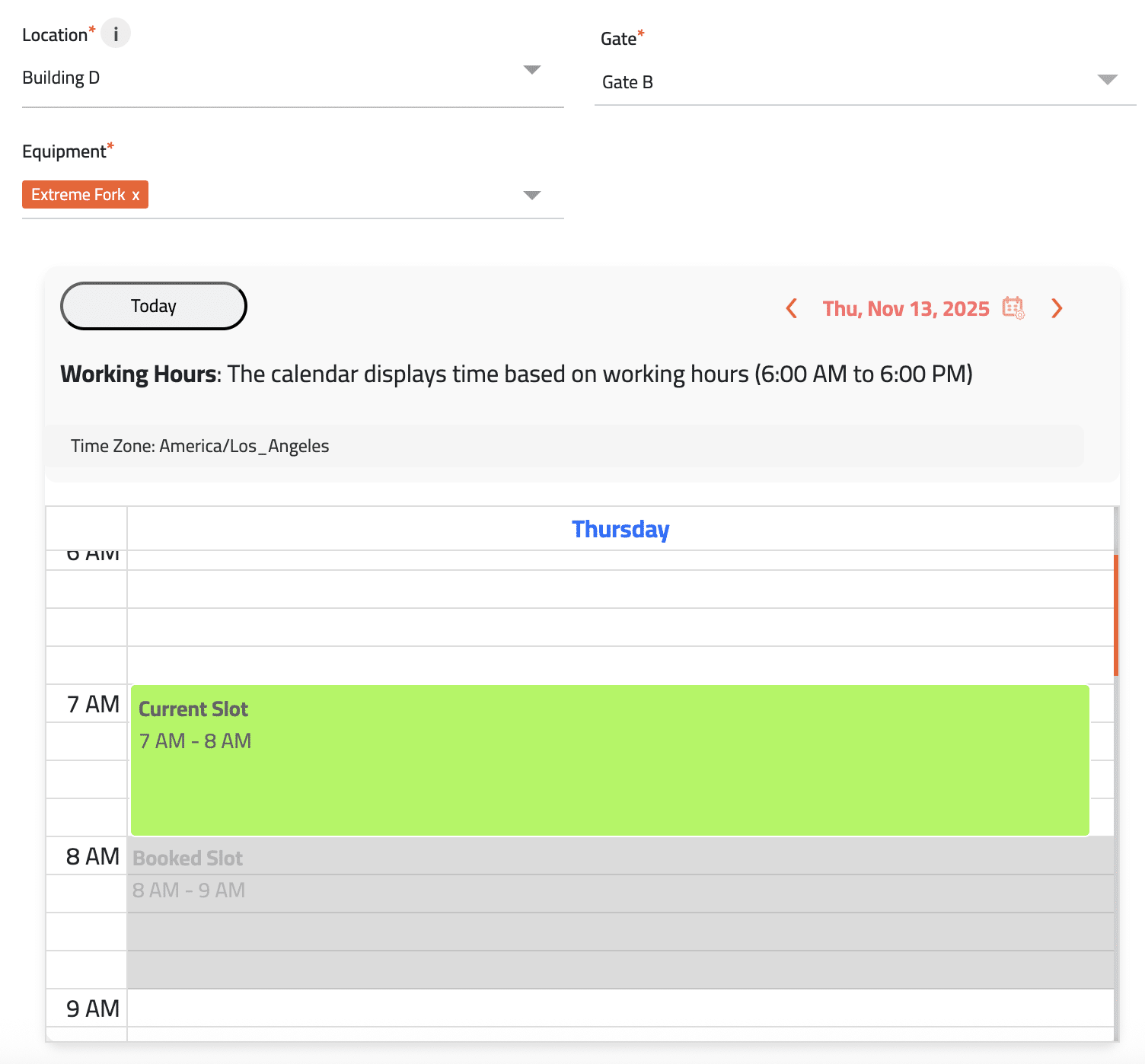Efficient and reliable equipment is vital for the success of construction projects. However, certain mistakes with equipment on construction jobsites can lead to costly consequences, including downtime, safety hazards, and reduced productivity. By being aware of these common mistakes and taking proactive measures, construction teams can optimize equipment performance, minimize downtime, and ensure a safe working environment. In this article, we’ll highlight seven common mistakes to avoid with equipment on the construction jobsite.
- Inadequate Maintenance:Neglecting equipment maintenance is a major mistake that can lead to breakdowns, costly repairs, and extended downtime. Regular and proper maintenance is essential to keep equipment running smoothly and efficiently. Develop a maintenance schedule, conduct inspections, and perform routine tasks such as lubrication, cleaning, and calibration. Following manufacturer guidelines and addressing issues promptly will help extend equipment lifespan and prevent unexpected failures.
- Ignoring Safety Guidelines:Safety should be a top priority on construction sites. Ignoring safety guidelines when operating equipment can result in accidents, injuries, and even fatalities. It’s crucial to provide comprehensive training to equipment operators, ensure they are certified and properly licensed, and strictly enforce safety protocols. Regular safety inspections, the use of personal protective equipment (PPE), and adherence to safe operating practices will help create a secure working environment.
- Improper Equipment Usage:Using equipment incorrectly or beyond its intended capacity is a common mistake that can lead to equipment damage, reduced efficiency, and safety risks. Ensure that operators are trained on the proper usage of each piece of equipment, including load limits, operating procedures, and safety precautions. Avoid taking shortcuts or using equipment for tasks it’s not designed for, as this can compromise performance and lead to accidents.
- Lack of Operator Training:Insufficient training of equipment operators is a significant mistake that can have serious consequences. Inadequately trained operators may not be aware of the equipment’s capabilities, limitations, or proper operating procedures. Provide comprehensive training programs that cover equipment operation, safety protocols, emergency procedures, and equipment-specific troubleshooting. Ongoing training and refresher courses will ensure operators stay updated and skilled in their roles.
- Poor Equipment Monitoring:Failing to monitor equipment performance and condition can result in unexpected breakdowns and disruptions. Implement a robust equipment monitoring system that tracks usage, maintenance history, and performance indicators. Utilize technology such as telematics, sensors, and data analytics to gather real-time information and identify potential issues proactively. Regular equipment inspections and proactive maintenance based on monitoring data will help prevent costly failures.
- Inadequate Equipment Security:Construction sites are vulnerable to theft and unauthorized access, including equipment theft. Failing to implement adequate security measures for equipment is a grave mistake. Utilize security cameras, fencing, lighting, and access controls to protect equipment from theft and vandalism. Implement asset tracking systems to monitor equipment location and prevent unauthorized usage. Securing equipment not only safeguards your investment but also ensures that projects stay on schedule without delays caused by stolen equipment.
- Lack of Equipment Planning and Documentation:Insufficient planning and documentation regarding equipment usage can lead to confusion, delays, and inefficiencies. Maintain detailed records of equipment inventory, including specifications, maintenance schedules, and usage history. Develop a comprehensive equipment utilization plan, taking into account project timelines and equipment availability. Proper planning and documentation ensure equipment is allocated efficiently, reducing downtime and improving project productivity.
Conclusion:Avoiding these common mistakes with equipment on the construction jobsite is crucial for maximizing productivity, minimizing downtime, and ensuring worker safety. By prioritizing equipment maintenance, adhering to safety guidelines, providing comprehensive operator training, implementing equipment monitoring systems, enhancing security measures, and improving equipment planning and documentation, construction teams can optimize equipment performance, reduce costs, and enhance project success. Avoiding these mistakes will contribute to a more efficient and productive construction site, benefiting both the project and the overall bottom line.
Relevant Keywords: Construction jobsite equipment, Equipment maintenance, Equipment safety, Equipment usage, Equipment performance, Downtime prevention, Cost optimization, Worker safety

